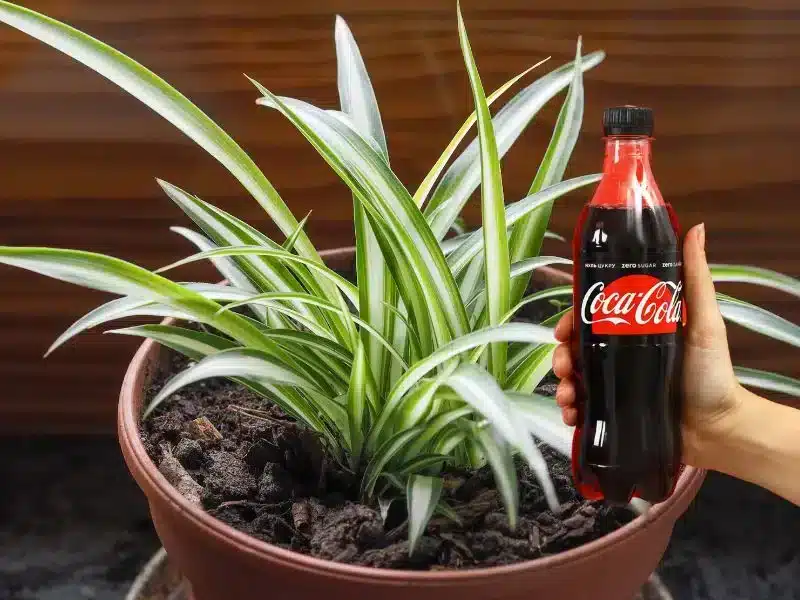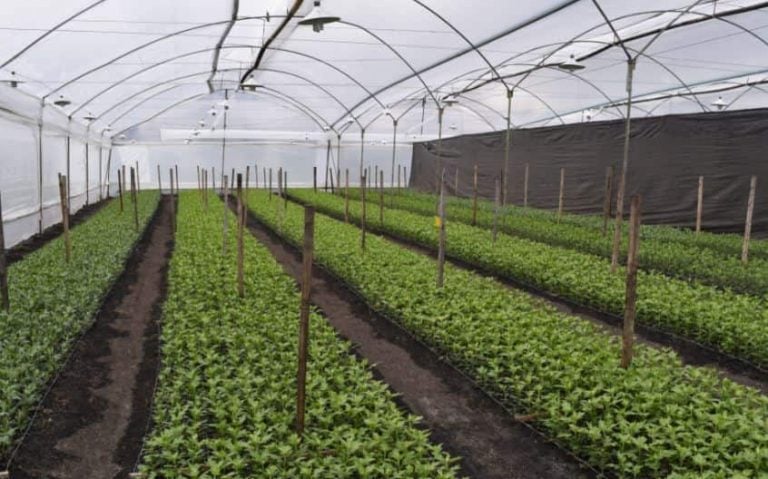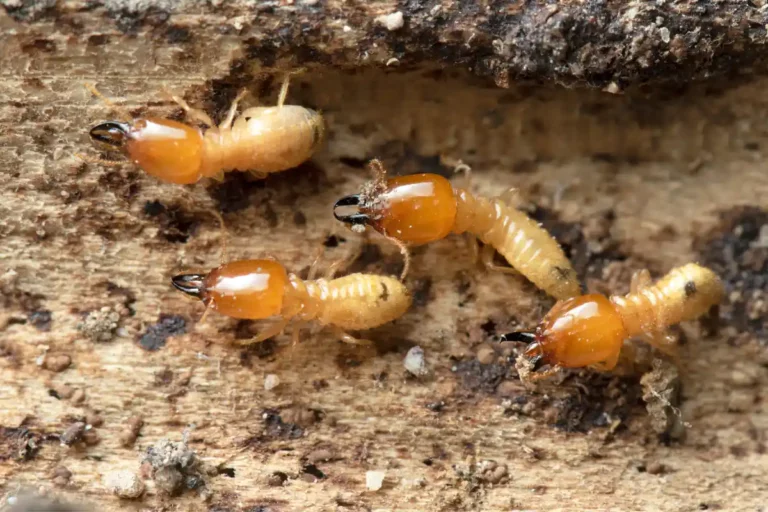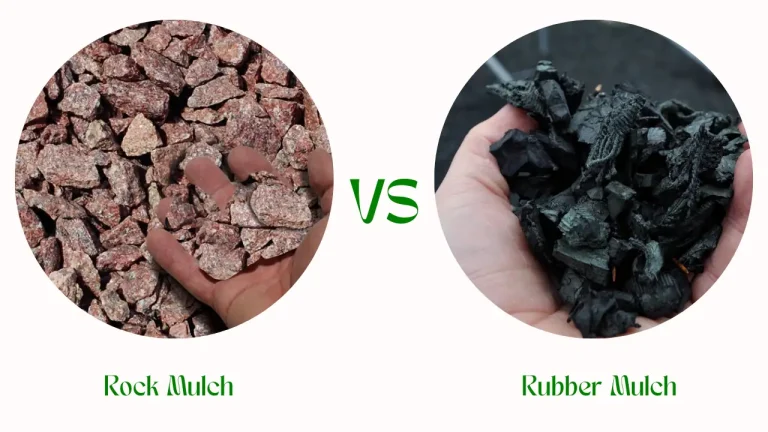Soda Pop for Your Plants: How to Boost Plants with CocaCola Club Soda
Got a bunch of wilting plants and some flat soda sitting around? Don’t pour that Coca-Cola down the drain just yet! A splash of soda may just revive your garden, as most people claim. So, what’s the theory behind it all?

I’m a certified master gardener, but before I became that, I worked as a plant care expert at a nursery in Appling County, GA. (see details). I discourage the use of Coca-Cola or club soda on plants. These carbonated drinks can be harmful. Instead, opt for plant-approved products. This article meant to explore, in theory, the effects of carbonated drinks on plants.
So, back to club soda and plants. What’s in it for them?
In theory, club soda can benefit plants by providing dissolved carbon dioxide for photosynthesis, promoting growth. Phosphoric acid and caffeine act as fertilizer, stimulating vibrant growth. Coca-Cola’s sugar feeds beneficial soil microbes, while its acidity deters pests and fungal diseases.
Benefits may include increased flowers and fruit production, as phosphorus is vital for roots, seeds, fruit, and flowers. Coca-Cola’s phosphoric acid can boost blooms and yields. However, it’s advisable for acid-loving plants, while alkaline-loving plants need careful pH monitoring if using Coca-Cola
Benefits
Instead of pouring away that leftover soda, turn it into something your plants will benefit from, even if you’re using some of the best houseplant fertilizers.
Here’s why the carbonated soft drink is important to plants. I’ve included evidence from research papers to explain my points. Feel free to check the links out for more information.
Increased flowers and fruit production.
According to the University of Illinois Extension, phosphorus is an important nutrient needed for developing new roots and making seeds, fruit and flowers.[1]
Coca-Cola contains phosphoric acid, which is why its pH is acidic, ranging between 2.6 to 2.7. Just so you know, phosphoric acid is referred to as a base nutrient in gardening. This means it is important for cell proliferation and growth.
Feeding your plants with club soda is a great way of supplementing phosphorus, leading to increased production of fruit and flowers. The extra nutrients can boost blooms and yields.
However, if you have to use it, I advise using Coca-Cola more on acid-loving plants such as orchids, azaleas, begonias, African violets, spider plants, cacti, philodendrons, peperomias, and hydrangeas. Check the soil pH of alkaline-loving plants regularly if you use Coca-Cola to nourish them to avoid harming them.
Fast growth
If you take a look at the ingredients list on a can of Coca-Cola, you’ll notice it contains carbon dioxide and caffeine.
Watering and spritzing plants with Coca-Cola water, the carbon dioxide bubbles provide a readily available source of CO2, which plants absorb through their leaves.
Club soda acts as an energizing growth booster for plants. I’ve seen my potted hydrangeas spring up noticeably fast when watered with diluted soda. The flowers also come out more vivid and vibrant.
According to a paper by G. Sorrentino et al. published in the journal Advances in Horticultural Science, carbonated water increases water use efficiency and photosynthesis, but differently depending on the irrigation frequency.[2]
However, it is worth noting that there’s a potential side effect if you feed plants with concentrated CocaCola. The high sugar content can impair the plant’s ability to absorb water, which can eventually kill it.
Treats reddish leaves
Sometimes, plants end up with phosphorus deficiency, which include:
- Leaves turning dark
- Dull, pale, or blue-green plants
- Reddish, reddish-violet, or violet coloration on the edges of leaves
The bluish or reddish markings are a sign of anthocyanin, a type of pigment that often indicates nutrient deficiency, especially phosphorous deficiency in plants.
The phosphoric acid in club soda and Coca-Cola treats and corrects phosphorus deficiencies.
Pest deterrent
Whenever I see destructive larvae in my flower and vegetable gardens, I think of adding sugar content to the soil to attract ants.
Yes, ants feed on insect larvae, getting rid of them in your garden.
A great way of attracting those ants is to pour a bit of Coca-Cola in your garden. Before you know it, there will be many beneficial ants doing the hard work of eliminating the destructive larvae.
Cola also contains caffeine, which we often use as an organic repellent for slugs and snails.
Another hack I have is using Coca-Cola to trap and deter aphids.
And no, I’m not kidding. Ever poured this soda on the floor? When it dries up, the floor becomes sticky, right?
Sugar from Coca-Cola stops the movement of aphids and other stubborn pests by acting like glue. Mix 1 liter water + 2 spoons baking soda + 2 drops dish soap + 1 drop vegetable oil.
Apply on a heavily infested plant and wait for the aphids to get trapped and die.
How to Use Club Soda and Coca-Cola on Plants
Here’s how we use club soda in our gardening and plant care chores.
Watering
Replace regular water with club soda or flat Coca-Cola in your watering can at least once every 2-4 weeks to boost your plant’s growth and vibrance.
- Use 1 part soda to 3 parts water. Too much can overwhelm plants.
- Water plants 1-2 times per month with the soda mixture.
- Avoid using soda water on newly sprouted seedlings, as it may be too harsh.
Soil Drench
Pour a very small amount of club soda or diluted Coca-Cola directly into the soil around plants to feed roots. At no point should you pour an entire bottle of club soda or CocaCola into a plant’s pot.
Here’s what you can do:
- Use 1 part soda to 4 parts water.
- Apply every 2-3 weeks.
- Pour slowly around roots and avoid plant leaves.
Foliar Spray
Mist leaves with club soda to provide carbon dioxide while cleaning dust.
- Spray club soda directly onto the leaves.
- Use pure – do not dilute with water for sprays.
- Spray once a week or when leaves look dusty.
Transplanting
Add a splash of soda when transplanting plants to reduce shock.
- Pour just 2-3 tablespoons into the potting mix before repotting.
- The nutrients will help new roots establish.
- You can also do this when moving plants from pot to garden.
Be sure to use caution and dilute soda for plants that dislike acidity. And avoid overdoing it – a little soda goes a long way.
Takeaway
Using small amounts of club soda on plants as fertilizer every 2-3 weeks provides the benefits of increased CO2 absorption, extra phosphorus nutrition, pest deterrence, and added microbial soil activity for improved plant growth and yields.
I hope you found the article helpful. Got questions? Send me an email at alex@gardenine.com and I’ll be glad to help.




